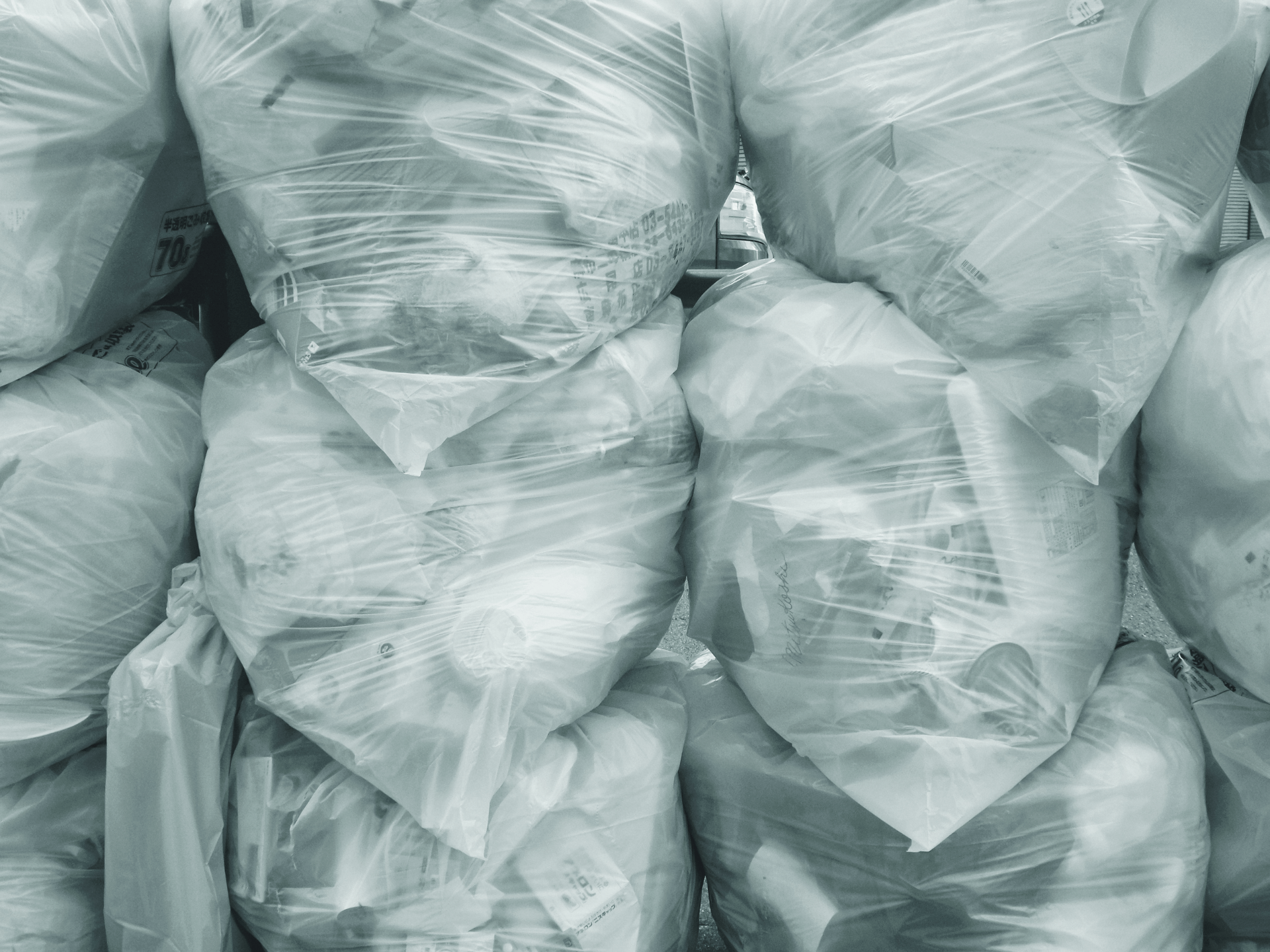The Plastic Roadmap is a comprehensive national program aimed at achieving a breakthrough in plastic circular economy in Finland by 2030. As a pioneer in environmental responsibility, Premico has deemed it important to be involved in development projects aimed at reducing plastics in construction.
In the first Plastic Road project implemented by Premico, the focus was on concrete measures during the construction phase to reduce plastic usage, demonstrated through a pilot project. In the Plastic Roadmap 2.0 project, the emphasis was on reducing, avoiding, and replacing plastic, especially in the planning and procurement phases of construction. The pilot project for this project was the new construction project of Apartment Corporation Espoon Keelkorvenkuja 7, commissioned by Premico, from 2021 to 2023.
Did the Plastic Roadmap 2.0 development project fail?
Yes, it did fail if the results were measured solely based on the reduced or replaced plastic tons in planning guidance and material procurement; then our achievement was zero tons. However, in this case, the reduction in plastic quantity does not reflect achievements in the same way as reductions implemented during the construction phase.
At the project’s commencement in 2021, significant environmental changes occurred in the construction operating environment. Practically the entire industry held its breath regarding what environmental requirements the EU Taxonomy and MRL reform would bring. It was clear that both would at least in some form affect carbon footprint calculations. Additionally, the MRL reform would revolutionize construction responsibilities. In this environment, we delved into questions about how plastic could be reduced before it becomes waste on construction sites or could be completely replaced with other environmentally friendly building products.
Isn’t reducing plastic always a good thing?
As a partner and main contractor in the Plastic Roadmap 2.0 development project, Lujatalo Oy actively approached building material suppliers. The plastic discussion usually revolved around packaging plastics and their contribution to the carbon footprint of products, as the topic was particularly heated due to regulatory changes. Carbon footprint had become the most important business development factor for building material suppliers. However, a conflicting observation was that replacing plastic could simultaneously increase the project’s carbon footprint, or recycling a low-carbon footprint wood-plastic composite product could be practically impossible.
Therefore, one might ask, is focusing on construction aimed at preventing climate change and reducing carbon footprints ultimately more impactful for the planet? In such a comparison, it must be considered on a case-by-case basis whether focusing on plastic is secondary.
Contractual challenges?
In the MRL overhaul version in 2021, new directions were proposed for construction responsibilities and duration. Therefore, Premico and Lujatalo extensively examined the effects of replacing plastics on various aspects, including general contract terms, separate guarantees, building permits, and joint arrangement and management agreements. Many challenging questions were identified regarding responsibilities arising from material changes.
Significant impacts on opportunities to influence plastic-reducing or replacing design and procurement solutions were also observed in the project’s financing model and implementation phase. Our pilot project is a rental property with ARA’s short-term interest rate subsidy, where all plans, building permits, and costs were determined during the ARA process application phase when Plastic Roadmap 2.0 started. Hence, altering them during construction was no longer possible. Therefore, we felt our hands were tied regarding replacing plastics and couldn’t find new solutions to reduce plastics within existing constraints. Since there were no guarantees of approval for potential product change trials with authorities or parties involved in joint arrangement and management agreements, we chose not to pursue them.
We decided to update our planning guidelines at Premico, enabling us to influence contractors’ plastic-reducing or replacing material choices in various projects at an early stage. We also actively share experiences of plastic-replacing product solutions in internal training sessions.
Does recycling solve everything?
Will our next project, Plastic Roadmap 3.0, then focus on recycling technologies? CE-marked products in construction have brought quality and safety to construction. For instance, using mechanically recycled plastic in products causes quality variations, and there have been discussions in the EU about separate quality standards for recycled plastic products.
Bioplastic-based construction material products have also entered the market. Premico and Lujatalo examined EPD certificates for the most typical construction products used and found that there was little or no easily accessible information regarding the plastic raw material, significantly complicating the discovery of alternative products. This topic also raises other questions. For example, if the raw material for bioplastics comes from land used for food production, ethical issues may arise.
New technologies for chemical recycling of plastics are in the pilot phase. Chemical recycling aims to return recycled plastic to its “virgin plastic” state, thereby overcoming the quality issues of mechanically recycled plastic. More challenging types of plastics have also been successfully utilized.
Despite these challenges, it is clear regarding the development of environmental responsibilities in construction that recycling is gaining greater importance in the use of building materials. However, it does not solve everything, but even enabling recycling would require society to invest in increasing the industrial use of recycled plastics through various supporting incentives, and legislation would need to lower the threshold for using recycled products.
Premico’s path towards reforms
Premico has embraced the role of being a pioneer in environmental responsibility, so let’s ask again, did the Plastic Roadmap 2.0 development project fail?
Perhaps not, as Premico’s commitment to environmental responsibility has only strengthened and become clearer. In addition to the above, we have gained more understanding about the use and replacement of plastics and their effects, as well as gained access to new tools to guide the planning and procurement of building materials for our construction projects. We will share more about our ESG work later.
Tuula Myllykangas
Construction Manager, Premico
+358 40 843 7966
tuula.myllykangas@premico.fi
Read also:
